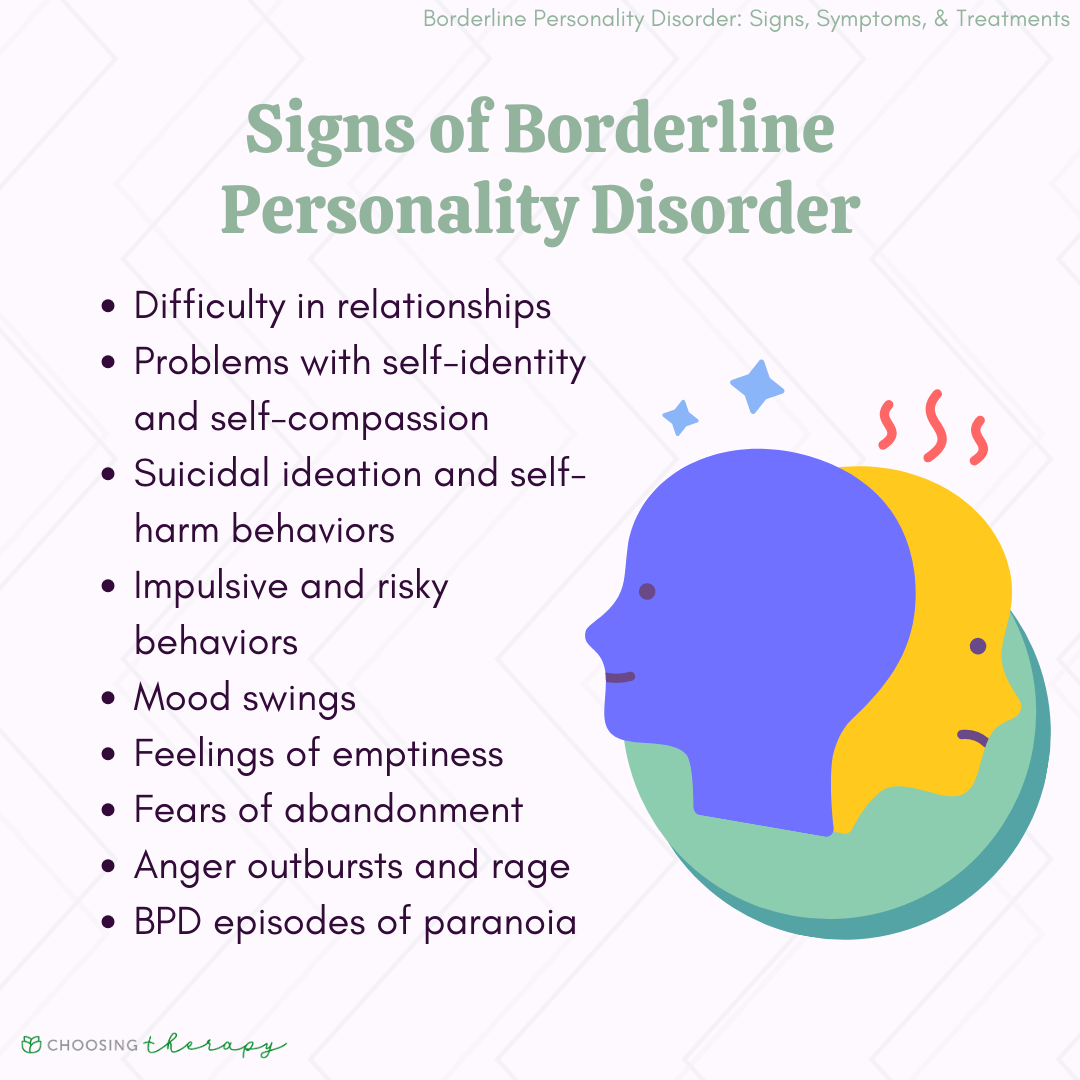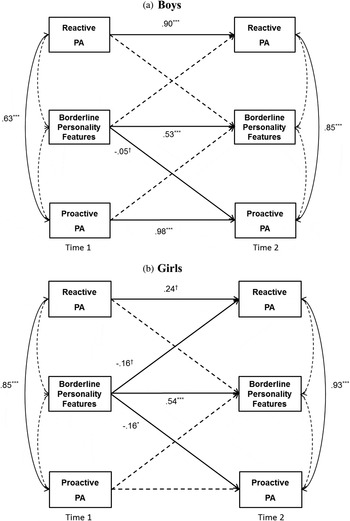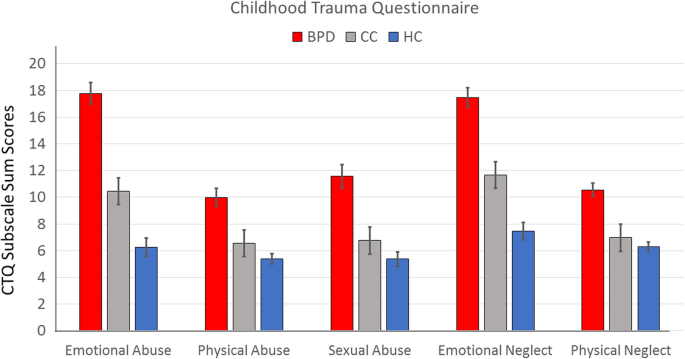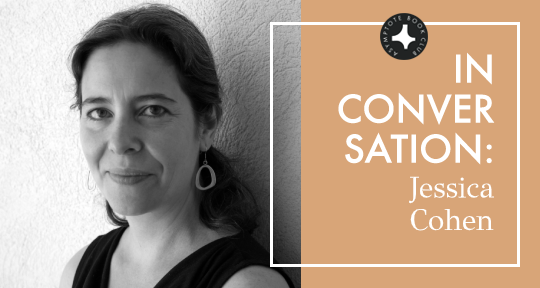On the interplay of borderline personality features, childhood
Por um escritor misterioso
Descrição
Background Adverse childhood experiences (ACE) have consistently been associated with borderline personality disorder (BPD). Still, it is not yet entirely understood if and how different types of ACE (emotional, physical, sexual abuse, neglect) relate to different BPD subdomains (affective instability, identity disturbance, negative relationships, self-harm). Insecure attachment and lower perceived social support are associated with both ACE and BPD and may therefore contribute to their relationship. No study so far integrated all these variables in one model, while accounting for their mutual influence on each other. We investigated the interplay of BPD subdomains, ACE, attachment, and perceived social support using a graph-theoretical approach. Methods An international sample of 1692 participants completed the Childhood Trauma Questionnaire (CTQ), the Borderline Feature Scale from the Personality Assessment Inventory (PAI-BOR), the Adult Attachment Scale (AAS), and Multidimensional Scale of Perceived Social Support (MSPSS) via an online survey. We estimated a partial correlation network including subscales of the CTQ and the PAI-BOR as nodes. We extended the network by including subscales of the AAS and MSPSS as additional nodes. Results Emotional abuse was the most central node in both networks and a bridge between other types of ACE and BPD features. All domains of BPD except affective instability were associated with emotional abuse. Identity disturbances was the most central node in the BPD network. The association between ACE and BPD features was partly but not fully explained by attachment and social support. Conclusion Our findings suggest that emotional abuse is an important link in the association between ACE and BPD features, also when taking attachment and social support into account. Findings further suggest an outstanding role of identity disturbance, linking emotional abuse to affective instability and being strongly associated with attachment anxiety.

Borderline personality disorder and the big five: molecular genetic analyses indicate shared genetic architecture with neuroticism and openness

ADHD and Borderline Personality Disorder: BPD Overlap, Causes, Treatments

Is Borderline Personality Disorder Genetic?

PDF] Borderline Personality Disorder Symptoms in College Students: The Complex Interplay between Alexithymia, Emotional Dysregulation and Rumination

PDF] RESPONSES TO EMOTION IN BPD Nomothetic and Idiographic Patterns of Responses to Emotions in Borderline Personality Disorder

Borderline personality features in childhood: A short-term longitudinal study, Development and Psychopathology

Borderline personality disorder and childhood trauma: exploring the affected biological systems and mechanisms – Psychology Blog

Is Borderline Personality Disorder Genetic?

Identifying Core Deficits in a Dimensional Model of Borderline Personality Disorder Features: A Network Analysis - Matthew W. Southward, Jennifer S. Cheavens, 2018

Borderline Personality Disorder: Signs, Symptoms, & Treatments

Preschool Age Predictors of Adolescent Borderline Personality Symptoms - Journal of the American Academy of Child & Adolescent Psychiatry

Borderline personality features as a predictor of forms and functions of aggression during middle childhood: Examining the roles of gender and physiological reactivity, Development and Psychopathology

PDF) Borderline Personality Features and Implicit Shame-Prone Self-Concept in Middle Childhood and Early Adolescence

Self-reported impulsivity in women with borderline personality disorder: the role of childhood maltreatment severity and emotion regulation difficulties, Borderline Personality Disorder and Emotion Dysregulation

Interaction of Parental Discipline Strategies and Adolescents' Personality Traits in the Prediction of Child-to-Parent Violence
de
por adulto (o preço varia de acordo com o tamanho do grupo)







